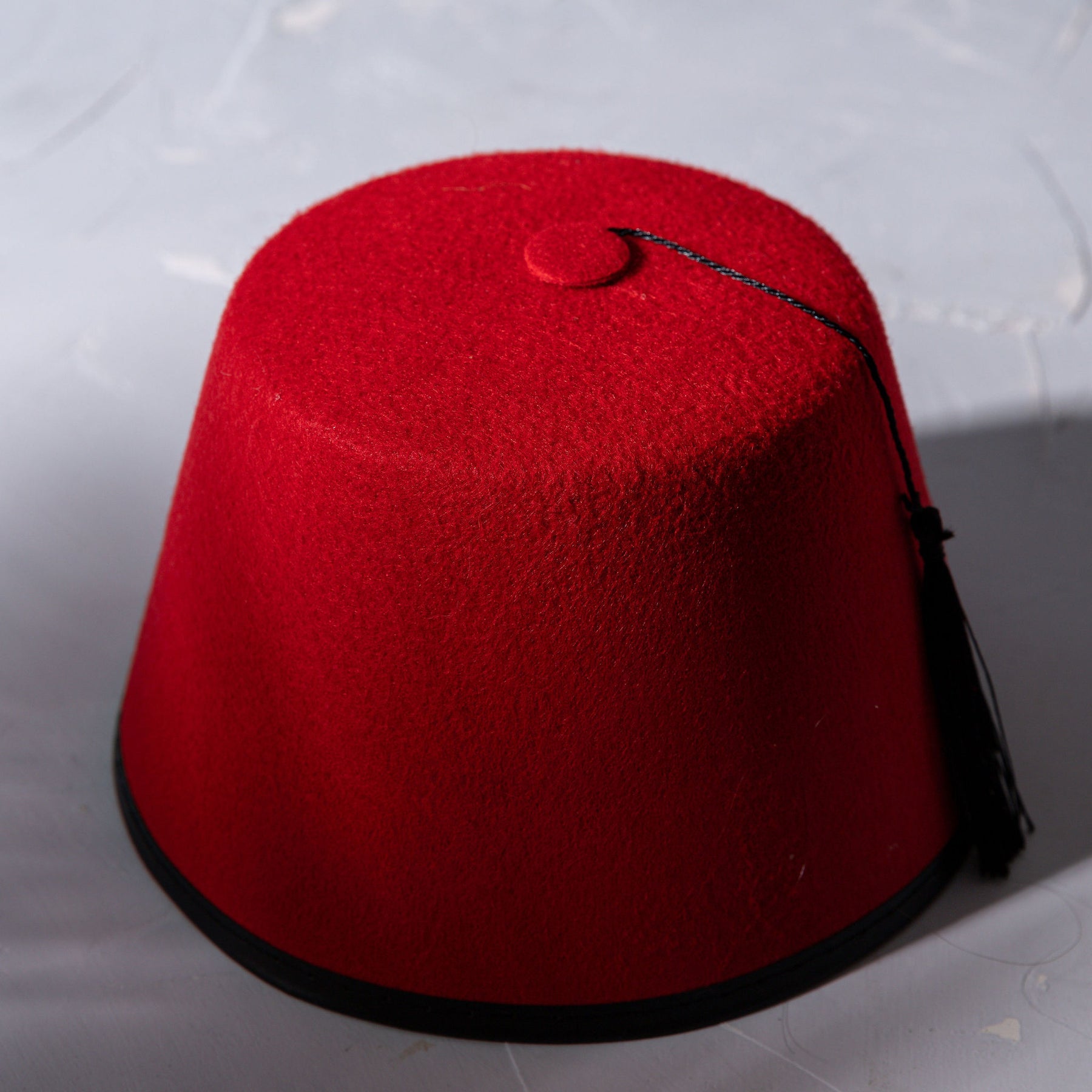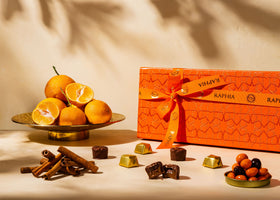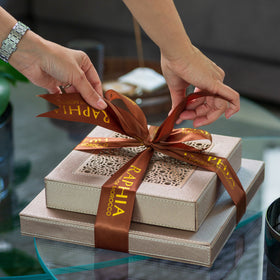
It’s wedding season. Moroccan style.
As the mercury rises and British summertime is in full swing so too is wedding season. What better time to shine a light on what a Moroccan wedding is like along with its traditions which have an elaborate meaning and process.
In Morocco when we talk about Moroccan weddings, we don’t really mean the wedding vows. Marriage happens before the celebration in a small ceremony called Drib Sdak. The bride and groom sign a marriage contract in the presence of witnesses (typically family members, and an Adoul—a Moroccan notary).
What follows the Drib Sdak is the festive wedding celebrations which are similar to a reception in other cultures except these celebrations are typically over three colourful and festive days.
Day one is Hammam Day and celebrates the beginning of a new chapter of life for the bride. Traditon requires her to visit a Hammam (with friends and family) for a relaxing ritual of purification in preparation for married life. This will include hours of scrubbing and massaging. Ghassoul, a type of clay mixed with water, is applied to the skin to clarify it. Some also believe that the mixture protects the bride from the ‘evil eye’! When the bride comes out of the hammam she will enjoy personal styling and will further relax getting her hair and make-up done.
Also Read- The Timeless Tradition of Moroccan Tea Culture
Day two is the henna party where the bride again gathers her girlfriends and relatives to have henna tattoos done on their hands and feet thanks to the specialism of a Nekkasha. The Nekkasha knows how to choose quality henna and how to draw beautiful, intricate designs. The tradition of henna has long been used to symbolise beauty, fertility, and to bring the bride luck in her married life.
Day three is the big day—the Moroccan wedding celebration and the culmination of the pre-wedding rituals. On the day of the wedding the party gathers at the chosen venue and is joined by the groom and his family. The groom’s family will come bearing gifts which traditionally include henna, incense, meska and flowers. The hampers of gifts are displayed. Celebratory sweets, stuffed dates, pastries and mint tea are distributed to the guests throughout the day.
Everyone awaits the bride and groom who will make their entrance with much fanfare. The bride is carried in by her male family members on an Amaria (an elaborate and elegant roofed platform with wonderfully decorated seats) and you can often expect accompanying chanting and singing. This is a crucial and particularly joyous part of the ceremony and one of our favourite traditions.
When the bride takes off the Amaria she sits besides the groom in an elevated couch where their guests may join and sit next to them to take photographs. Most brides will enlist the help of a negafa, who assists the bride in arranging her wedding outfits—it is usual for the bride to slip away and change from her traditional white wedding day kaftan into several outfits throughout the party, often each more lavish and exquisite than the other. This is one of the most iconic aspects of a traditional Moroccan wedding.
Also Read- Collab with Renowned Moroccan Creator Ghizlan El Glaoui
At some point during the ceremony the bride and groom will give each other milk and dates and exchange rings to symbolise the sweetness of their love and the journey ahead.
The wedding concludes with a wonderful, copious, array of delicious food.
If you are wanting to surprise and delight your bride and groom with a unique gift this wedding season then discover something truly special at raphia.co.uk
With love, Zineb, and the Raphia team. ❤️




Leave a comment